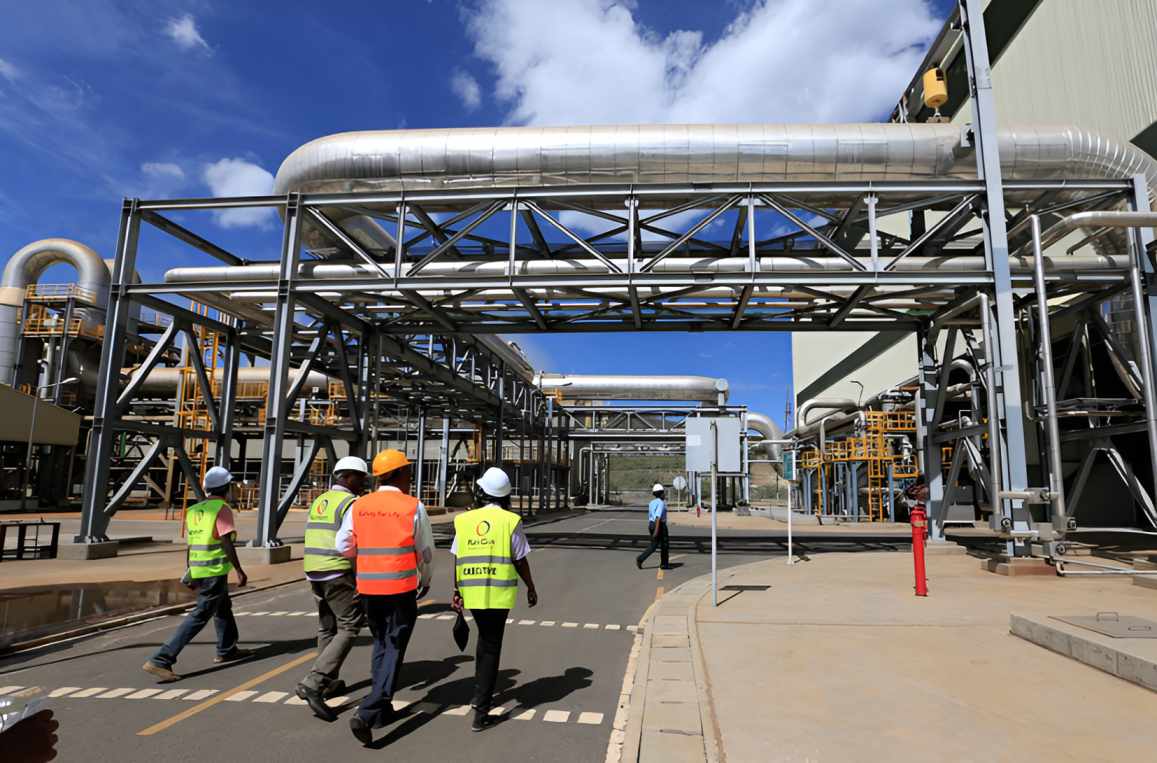Kenya records historic peak in daily power demand as industrial growth drives surge

Latest data from the Energy and Petroleum Regulatory Authority (EPRA) shows daily demand has climbed to 2,363.41 megawatts
Kenya’s electricity consumption has reached an unprecedented high, reflecting the country’s accelerating economic activity and growing household connections.
Latest data from the Energy and Petroleum Regulatory Authority (EPRA) shows daily demand has climbed to 2,363.41 megawatts (MW), the highest in the nation’s history.
This surpasses the previous peak of 2,362.28 MW recorded on July 23, 2025.
The milestone comes as Kenya Electricity Generating Company (KenGen) continues to ramp up its contribution to the national grid, largely through hydropower and geothermal energy, in line with government efforts to phase out costly thermal generation.
According to Epra’s daily system operation and dispatch analysis, KenGen’s hydropower stations delivered 10,502.66 megawatt-hours (MWh), exceeding projected output by nearly 6 per cent. Geothermal plants contributed 12,728.87 MWh, accounting for roughly 30 per cent of the country’s energy mix.
KenGen Managing Director Peter Njenga said the surge in demand reflects Kenya’s economic expansion, with factories, businesses, and newly connected homes consuming more power than ever before.
“The rise in hydropower generation has been crucial in balancing the system during peak hours,” Njenga noted, adding that plants such as Gitaru, Kiambere, and Kindaruma had surpassed their generation targets.
He credited the coordinated management of the Seven Forks cascade system for ensuring optimal use of water resources, which helped stabilize supply amid the heightened demand.
The record-breaking demand comes just days after the Cabinet approved construction of the Olkaria VII Geothermal Power Plant.
The facility, expected to add 80.3 MW to the grid, is being developed through a partnership involving the Government of Kenya, the Government of Japan, and the European Investment Bank.
Energy experts view the developments as a significant step towards securing reliable, sustainable, and cost-effective electricity for the country, especially as industrialization accelerates.
The government’s focus remains on expanding renewable energy capacity while meeting the needs of a growing population and an economy that is becoming increasingly power-intensive.
If current trends continue, Kenya’s electricity demand is expected to keep breaking records, placing even greater emphasis on strategic investments in generation, transmission, and distribution infrastructure.
